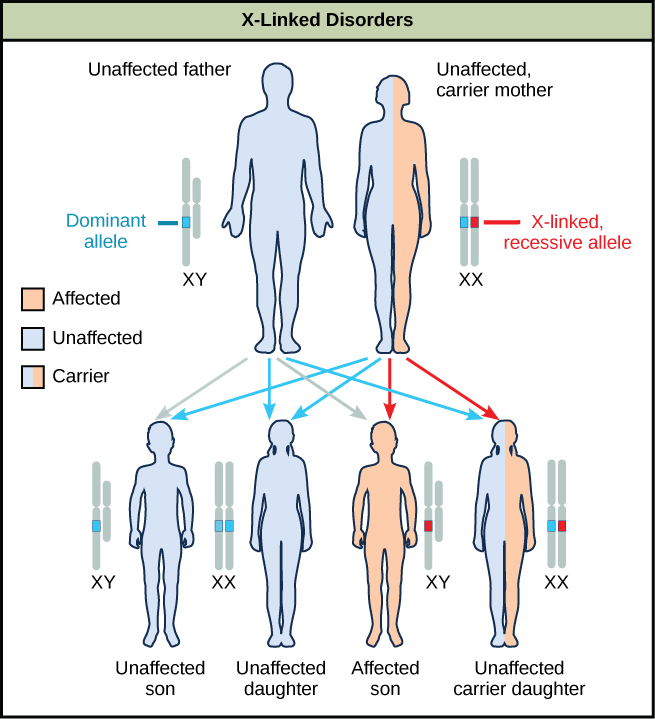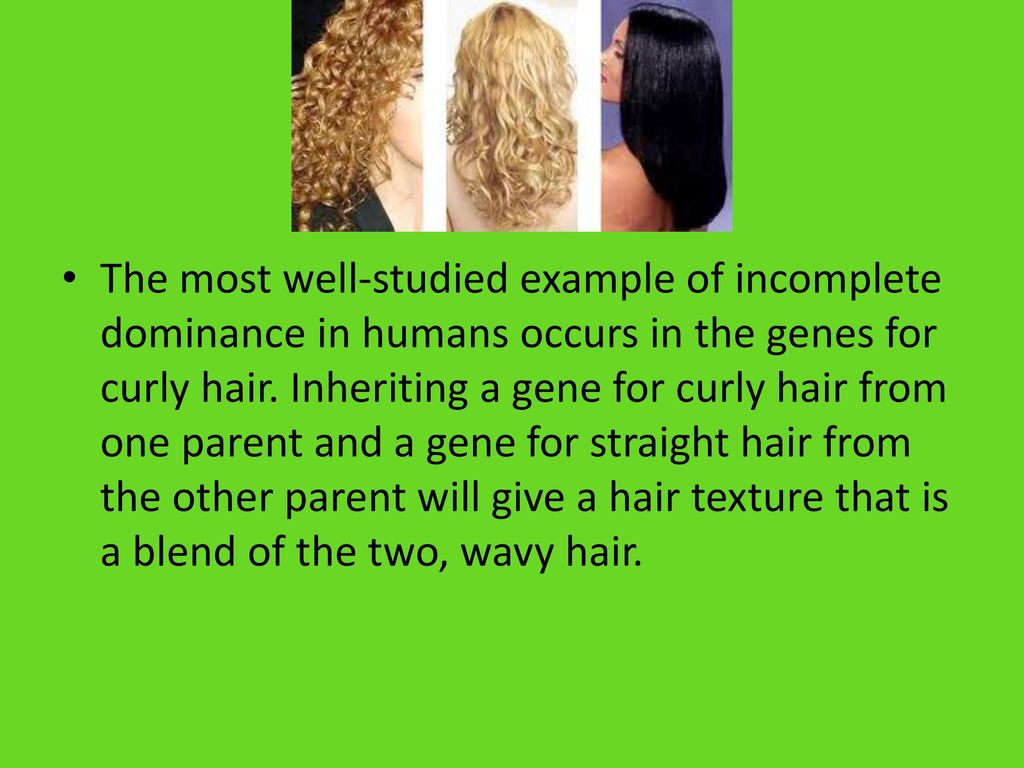
This non-allelic interaction of genes - epistasis - is observed in the case where one gene suppresses the activity of another (suppressing gene is called epistatic and overwhelming - gipostatichnogo gene). Should be looking in more detail on each of them.


What are the types of non-allelic interaction of genes?Įach of these types of interaction has its own unique properties and manifests itself in different ways. Reactions between these genes occur slightly more complicated than the allelic interaction.However, each of these types of reactions has its own features and characteristics. Several features will depend on a single gene.One feature is due to the interaction of several, completely different in structure of genes.Non-allelic genes are those that are located in different areas of non-homologous chromosomes.Function synthesizing them alone, but they encode different proteins formation causing various symptoms.Such genes are reacting with each other, can cause the development of symptoms in several combinations: Non-allelic interaction is unique, allowing you to obtain new combinations of traits, causing a new degree of survival and development of organisms. It was found that the gene regulation depended on enzymes.These enzymes allow genes react differently.The interaction of allelic and non-allelic gene proceeded by the same principles and schemes.This led to the conclusion that the inheritance is independent of the environment in which genes interact and cause of transmission of atypical symptoms lies in the genes themselves. reactions between genesĪs has been said for a long time dominated the doctrine of dominant inheritance.In this case, there has been a allelic interaction, in which the sign is shown only in the heterozygous state.Once opened a variety of forms of interaction between non-allelic genes, the scientists were able to explain the hitherto unexplained types of inheritance and to get answers to many questions.

Upon further observation and study, it was observed that not all features adjust to the theory of dominance.At a deeper study it was shown that not only the same genes affect the expression of a characteristic or property group.Thus it was discovered non-allelic forms of interaction between genes. All data submitted to the principles of Mendel's first law, which read about the uniformity of the first generation hybrids.


 0 kommentar(er)
0 kommentar(er)
